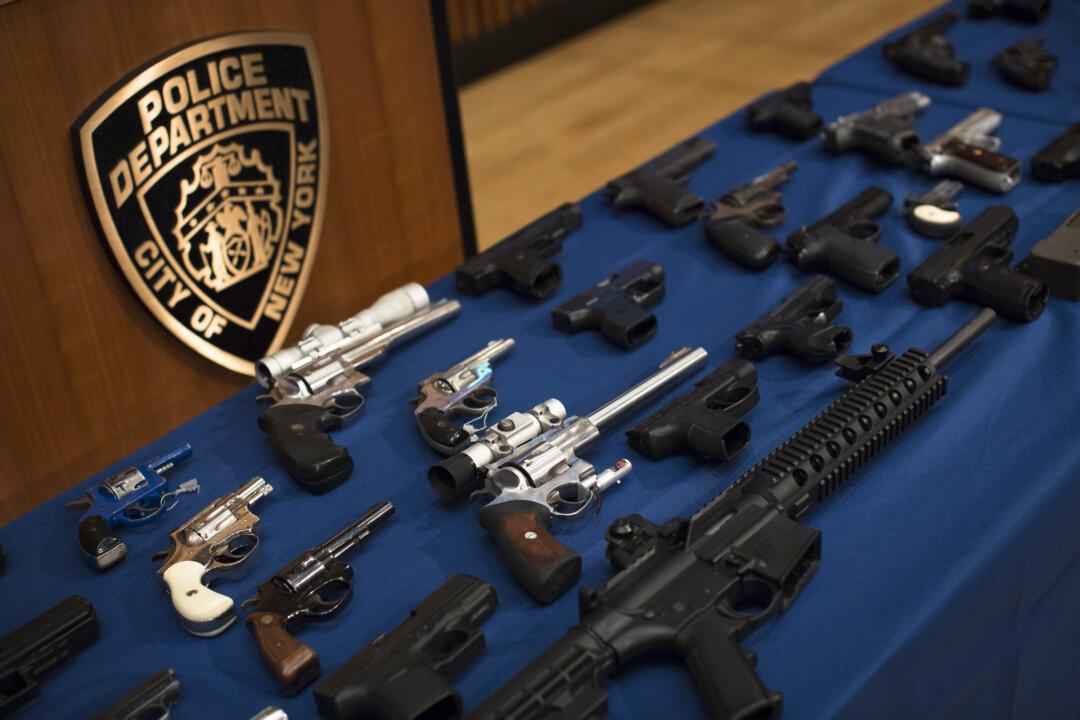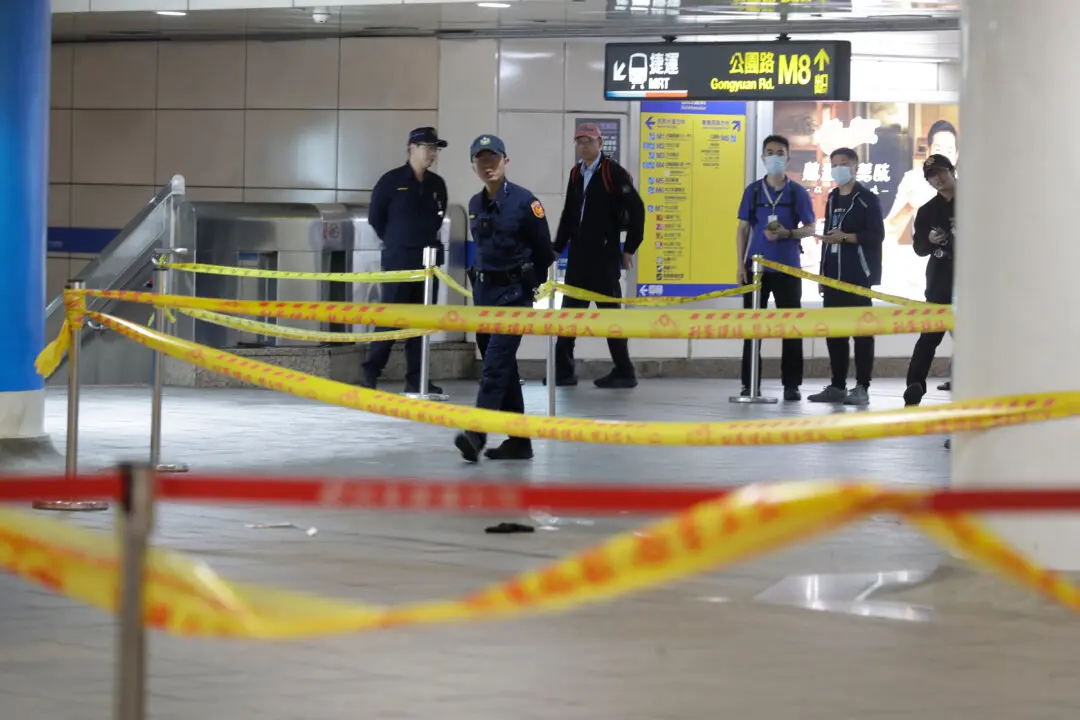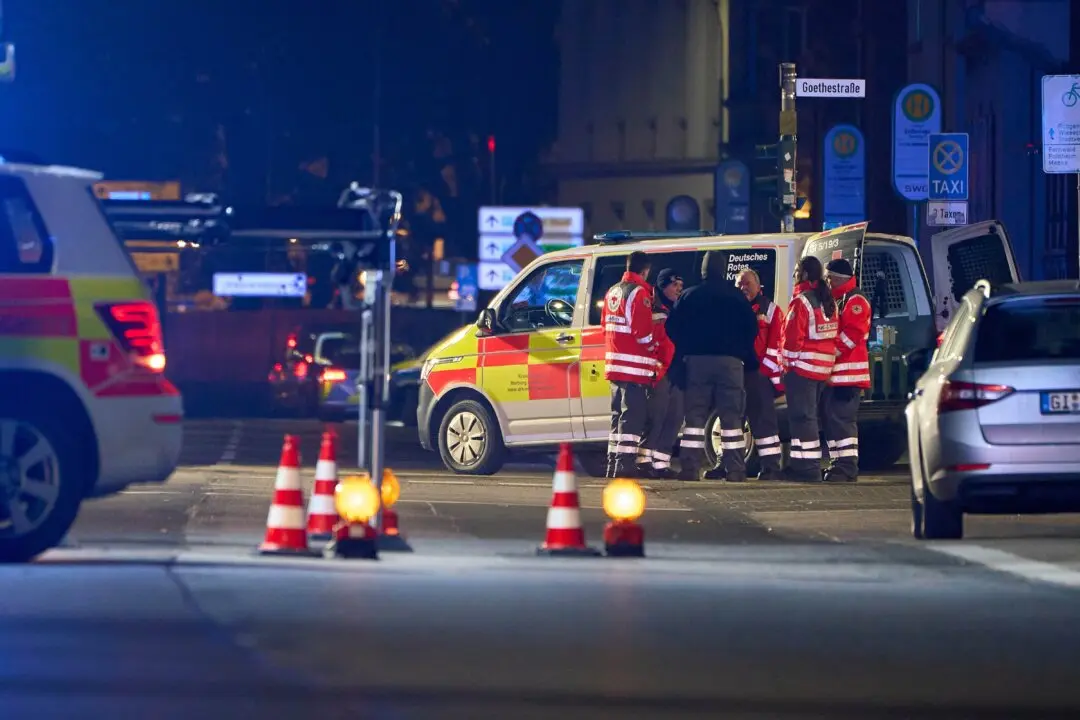SMYRNA, Ga.—Adventure Outdoors is an 80,000-square-foot store with walls lined with long guns, cases packed with handguns and aisles jammed with all the accessories an avid outdoorsman would need: coolers, clothing, ammo. At the customer service counter is a government-issued poster that warns: “Don’t lie for the other guy.”
Store founder Jay Wallace said his staff is diligent about making sure buyers are legitimate and not fronting for someone who is legally prohibited from buying a gun. But once a sale goes through, he said, it’s out of his hands.
A firearm takes on a life of its own after it leaves. It can be bought and sold many times over.
, Adventure Outdoors





